Miután az Xbox One nemrégiben kiszivárgott fejlesztői készlete alapján kiderült, hogy a Microsoft a fejlesztők számára felszabadította a konzol hetedik processzormagját, pontosabban annak 50-80 százalékát, joggal hihettük azt, hogy a redmondiak már nem látnak fantáziát a Kinectben, lévén a lekötött processzormagokat pont a hangutasításokra és szenzorral kapcsolatos erőforrásokra tartogatták.
A Microsoft oldalára felkerült álláshirdetések alapján erről szó sincs, lévén a cég nemrégiben hozott létre egy új fejlesztőcsapatot, amely "szigorúan titkos" kísérleti projekteken dolgozik a Kinectre összpontosítva. A stúdió magja olyan veteránokból áll, akik korábban az Xbox 360, az Xbox Live és a Kinect létrehozásában segédkeztek.
Visszatérnek az avatárok?
Ezzel egy időben az is nyilvánvalóvá vált, hogy a cég az avatárok feltámasztására készül. A játékosok rajzfilmszerű alteregói az utóbbi időben kicsit háttérbe szorultak, de a Windows 10 megjelenésének közeledtével a Microsoft összes platformját átfogó rendszeren újra kulcsszerepet kaphatnak. Legalábbis ez derül ki egy másik álláshirdetésből. A leírás alapján új avatárok szebben néznek majd ki és különféle mozgásra és animációra is képesek lesznek.

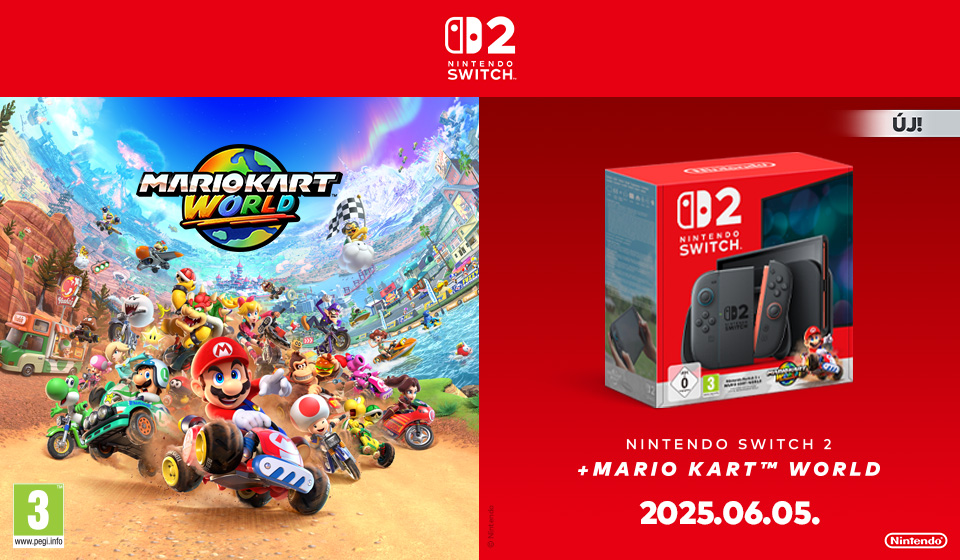
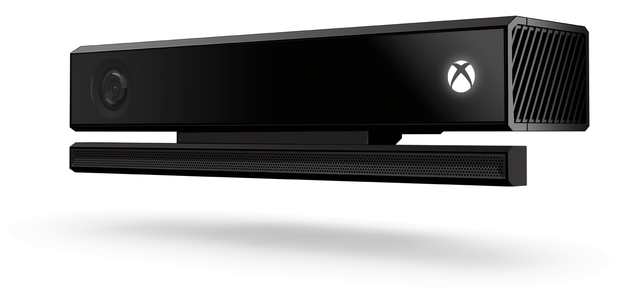
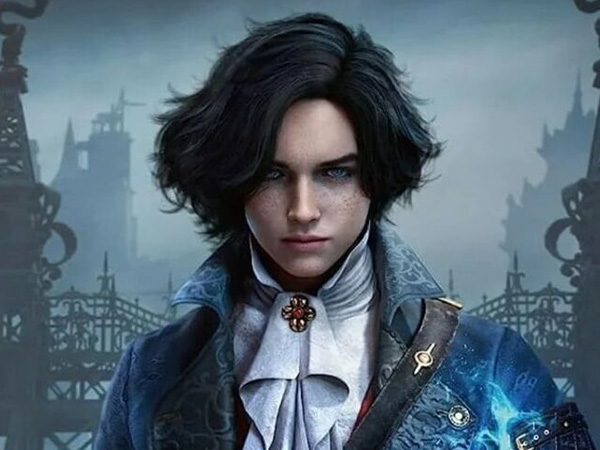
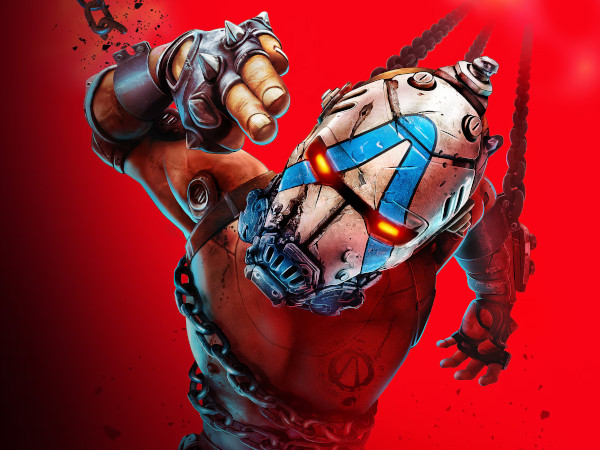
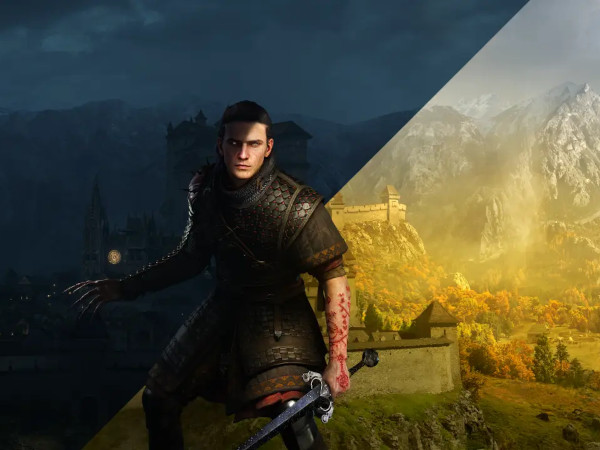

"Microsoft könnte bald versteckte Hintertürchen für noch mehr Power öffnen
Die polnische Spielschmiede von CD Projekt geht davon aus, dass Microsoft schon bald neue Hintertürchen den Entwicklern vorstellen wird, um so noch mehr Rechenleistung aus der Xbox One herauszukitzeln. Zum Vergleich bringt Lead Engine Programmer Balázs Török an, dass bei der Xbox 360 im Jahr 2007 bis 2008 dies ebenfalls passierte. Microsoft könnte dies nun auch bei der Xbox One machen, vermutet Török.
„Die Xbox One ist wirklich super einfach zu verstehen. Nicht nur die Struktur ähnelt dem PC, sondern auch die ganzen Tools, die Entwicklerkits und die Programme sind fast identisch zu denen auf dem PC.“
Dazu meinte Törok, dass viele Entwickler mit ihren bereits veröffentlichten Spielen ein bestimmtes Level erreicht haben, aber noch weit davon entfernt seien, die Xbox One an ihr Maximum zu bringen. Außerdem werde Microsoft noch viele weitere Verbesserungen für die Entwicklerkits bringen.
„Ich habe bei der Xbox 360 bereits mitbekommen, wie Microsoft einige versteckte Hintertürchen, die sie zuvor vor Entwicklern geheim hielten, nach und nach geöffnet haben“, sagte Török. „Sie öffneten sie nach dem Motto: ‘Ok, ihr seid jetzt soweit, jetzt könnt ihr dies und das noch machen. Es ist sehr riskant, nutzt es nur, wenn ihr Ahnung habt. Aber es ist möglich‘ und so lernten die Entwickler wieder ein bisschen mehr und es ging Schritt für Schritt weiter. Microsoft hat hier genau den richtigen Weg eingeschlagen und allen Entwicklern immer ein bisschen mehr Zugang verschafft.“
Weiter meinte Török, dass man aktuell nicht davon ausgehe, dass gleich sämtliche Türchen offen stehen, aber in naher Zukunft dürfte man ziemlich schnell noch tiefer in den Entwicklungskern einblicken.
Es sei nicht so, dass plötzlich neue Hardware in der Konsole verbaut werden würde. Diese sei immer gleich, aber je länger man sich mit der Xbox One beschäftige, desto mehr erfahre man über die Arbeit und könne so schnell viele Schritte optimieren. Jeder lerne dazu und auch Microsoft würde all das Wissen von der Xbox 360 bei der Xbox One einbringen.
Am 07. Dezember 2013 wird es The Witcher 3: Wild Hunt während der VGX 2013 Awards zu sehen geben und dann können wir uns wieder einen eindrucksvollen Einblick vom aktuellen Entwicklungsstand machen."
Now before the fanboys jump in and argue about PC and ps4 let's be clear. The xbox GPU will never be able to replicate the performance of the ps4 GPU. However as we have seen in assassins creed GPU isn't everything. The better CPU combined with lower latency memory will allow the Xbox to have less issues running more complex AI and more physics simulations. We also need to take into account future Xbox live technology. When they start offloading physics to cloud compute (like in the tech demo and upcoming crackdown) we could start to see a significant difference in games. We aren't talking small differences like we see in physx enabled games on PC (like batman) we are talking about seeing complex simulation of thousands of interactive objects on screen. Fully destructable environments with realistic simulation not the half way method used in games like battlefield or red faction. We are talking better weather, better AI, more characters etc etc. When the CPU isn't being consumed with the math on these things it can focus on other tasks. Its am exciting time to be a gamer. Regardless of platform...Alright, first(OP), we don't know how long Microsoft intends the Xbox to be around. Making "growth" potentially a moot point. I've heard their console cycle was going to be a little closer to their tablet/ phone market, to remain relevant. I don't know if you've noticed, but the Fusion AMD processors these consoles are based on, are mobile chips. It won't be long before you're getting Xbox One graphics on a tablet, considering graphics on a tablet are now on par with a 360.
Second, you seem to be focusing on the hardware and not it's potential use. Yes, while forced to play the same game(so to speak) as Sony, the Xbox One has absolutely no room to grow/ will be significantly behind. After all, it was not designed to take large chunks of texture data into memory and process it. Otherwise, Microsoft would have used faster memory and not have bothered with ESRAM, allowing them more room for CU's to pair with that RAM. Microsoft was forward thinking and gambling, not wondering, "what can we do with what is out right now?" They wanted to design a console around future plans and around DX12.
The significance of DX12 is not the API being the "miracle worker," in of itself, but rather, the update it will provide to Tiled Resources. Something we have yet to see the Xbox One perform. Also, DX11 automated many tasks that developers preferred to have control over and to automate these tasks, costs resources. DX12 gives more control to the developers and frees up existing resources.
I suggest you watch the Microsoft Tiled Resource demonstration, where they render a fully uncompressed, 3.5GB texture image of Mars with only 16mb of RAM. Consider, that streamed texture data, seldom ever goes beyond 100x100 pixels(or thereabouts) and then you will understand why there are move engines in the Xbox One(also not currently in use, as far as we know), and why the ESRAM is fragmented the way it is. I like to think of tiled resources as being like something out of the Matrix. You walk into a seen and tiles are shuffling and assembling an image as you walk. As you start to turn around, tiles unshuffle and fly out of the scene, as things pass out of your view and new tiles flying in. This automatically removes the need of having to need 8GB of GDDR5, which is more or less designed to be paired with other low latency memory, and typically facilitates large resolution texture images. Tiled resource also alleviates the need of having as many stream engines/ CU's. The Xbox One was designed to parallel process in ways comparable to a server. The PS4 was designed to function like a PC and pull large pools of data into it's fast and plentiful memory, and process it in bulk. Yes, the PS4 can texture stream as well, but not as well, given it was not designed for this purpose and GDDR5's cas latency is something like 11ms, vs ESRAM's near 0 latency and DDR3's 6ms cas latency. This is significant if the files you are dealing with are small.
https://www.facebook.com/video.php?v=864923470196827&set=vb.433227506699761&type=2&theater
Az megvan, amikor a sok buzzword közé bedobtak olyan félmondatokat az X1 bejelenés alatt, hogy "this is rocket scienece level"? Na ez a fogalmazásmód is kb. annyit ér mint az.
Ha nem vagy még tag, regisztrálj! 2 perc az egész.